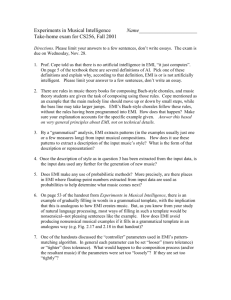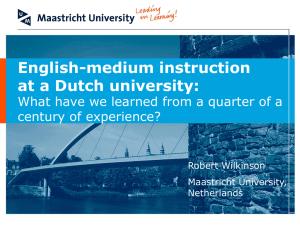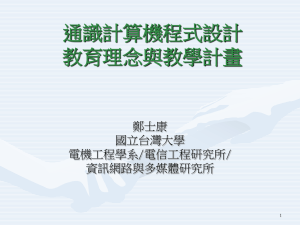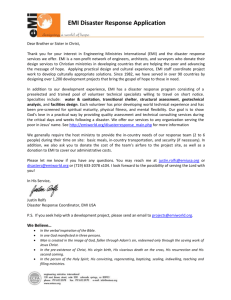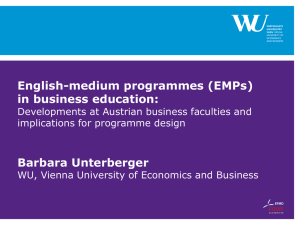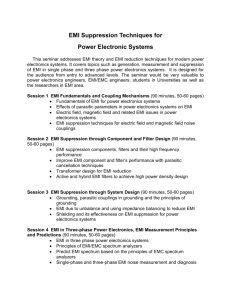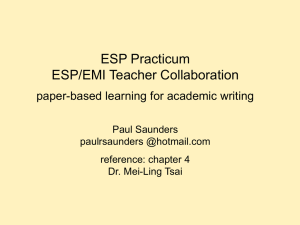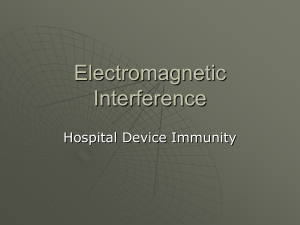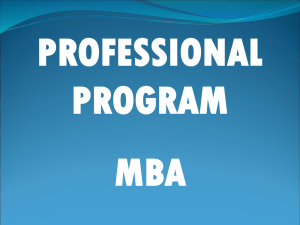EMI Take Away
advertisement
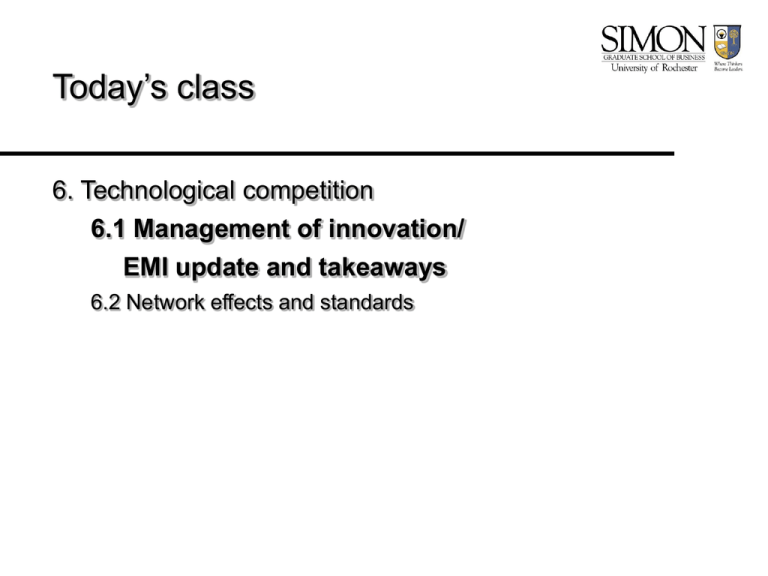
Today’s class 6. Technological competition 6.1 Management of innovation/ EMI update and takeaways 6.2 Network effects and standards EMI update Powell decided that – priority to be given to fan beam technology, US subsidiary to do the R&D – US should have fully integrated manufacturing facilities Market development: demand drops from 470 scanners in 1976 to – 1977: 350 – 1978: 230 – 1979: 175 – 1980: 185 (Compare with industry manufacturing capacity of 900/yr.) Intense competition; first $99,000 scanners appear on market EMI update (2) By 1980, US market has 5.7 scanners per million population. Maximum potential for developed country estimated at 6/million Consequences: shakeout – 12 companies drop out in 1976-80, including GD, Searle, Pfizer; Technicare sold out to Johnson and Johnson EMI Medical division profits fall from £9.23M in ‘75 to £(7.5)M in 1978 US subsidiary has trouble with fan beam technology; in 1978 Hounsfield and UK team have to come to assist EMI update (3) US plant commissioned just as demand begins to drop In October 1979, Hounsfield receives Nobel Prize in Medicine In same month, problems at EMI Medical force it to accept takeover from Thorn Electric Thorn divested medical division within months to GE. US Antitrust forced GE to divest; sold to tiny OMNI Medical Services. Profiting from Innovations Great Ideas = pots of money? No! Four factors determine appropriability of returns to innovation (see Grant chapter): 1. Property rights in innovation: how effective is protection by patents copyrights, trade secrets? 2. Technology: Is it codifiable? How complex is it? 3. Lead time: How fast can others catch up if they have access to technology (and innovator doesn’t do anything about it)? 4. Complementary resources: resources and capabilities to finance, produce and market the innovation Strategic options Three basic options 1. Go alone: success depends on all four factors above 2. Joint venture: good if partner brings in missing complementary resources 3. License/sell right away: good if innovator has little value to add beyond initial innovation Problem with 2. and 3.: What prevents partner/licensee from walking away with innovation? – Need good protection of intellectual property rights for contractual arrangements to work EMI’s choice in (A) case Novelty and value of innovation irrelevant! Appropriability of returns from EMI’s CT scanner – Major breakthrough is basic idea, not the details Patent protection apparently weak Easy for others in medical equipment industry to imitate or (GE) even improve technology – EMI lacks manufacturing and marketing capability, has to outsource a lot But weak patent protection also rules out licensing/selling, even if GE would add greater value In the end, EMI perhaps had little choice but to go alone EMI (B): Market analysis/ product life cycle EMI’s best course of action in 1976 depends on expected market developments and on EMI’s position in market With a new durable good, – Current demand during initial adoption stage says little about when saturation stage will be reached – Look at potential total demand, market history and current industry capacity to forecast when market will be saturated If market is expected to shrink, will EMI be among the survivors? What are appropriate “end game” strategies? EMI (B): Competitive advantage Is EMI market leader because others are still catching up or because EMI has a true competitive advantage? Look at dimensions on which to compete in this industry: Cost, technological leadership, service – How is EMI doing on each dimension? If EMI has an advantage, is it a sustainable one? – Go through the usual catalog of factors (impediments to imitation, FMA) – Do any of these apply to EMI in 1976? EMI (B): First mover vs. first-mover advantage Advantages from being the first mover: – Short run: enjoy market power until entry – Long-run: ability to build strong market position, i.e. real firstmover advantage. Often tradeoff between 1. maximizing value of pre-entry market power and 2. building long-run advantage. – E.g. how much resources should be allocated to customer service, patent protection etc.? EMI seems to have focused on 1. EMI (B): Organization matters! EMI’s problems are rooted in organizational structure – R&D, production and executive decision making 3000 miles away from main market – Separation of functions and geographic areas is emphasized by formal structure – Results: bad link of different parts of organization in terms of information, control, and planning; parochial attitudes In fast-moving technology markets, need to sense changes in environment and respond effectively

